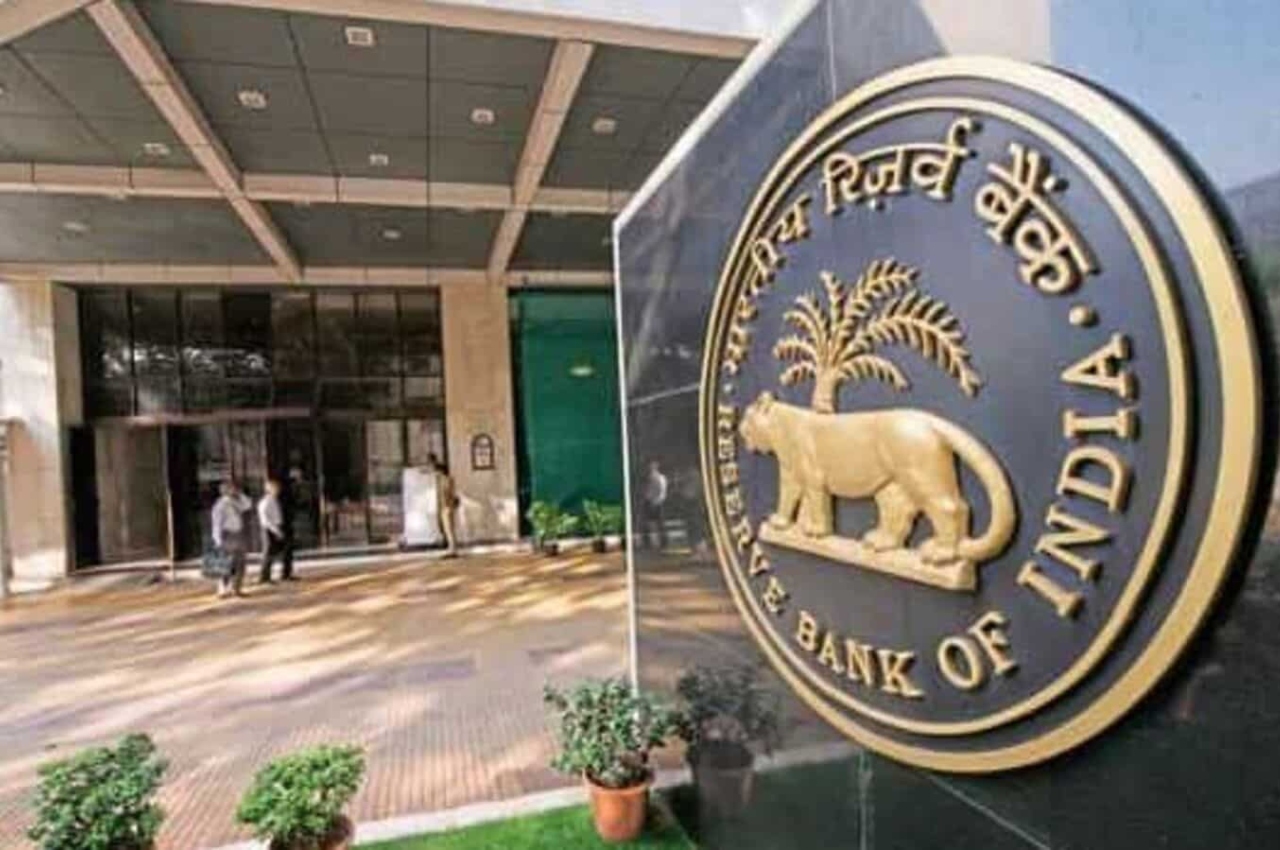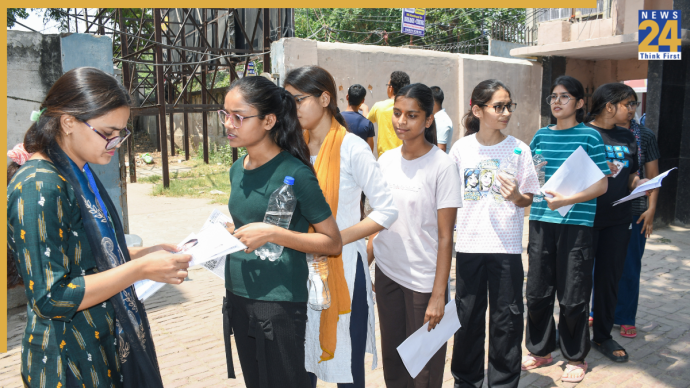New Delhi: In order to bring rising inflation back to its target, the Reserve Bank of India (RBI) Monetary Policy Committee (MPC) announced a 50 basis points (bps) increase in the repo rate to 5.90% on Friday.
“Consequently, the standing deposit facility (SDF) rate is now at 5.65 per cent and the marginal standing facility (MSF) rate at 6.15 per cent”, RBI Governor Shaktikanta Das said. The SDF is the lower band of the interest rate corridor and the MSF the higher.
Das stated that the MPC maintained its present posture of continuing to concentrate on the withdrawal of accommodation. According to Das, the six-member MPC voted with a majority of five votes for the rate increase and one against for the stance.
The policy choices mostly followed what was anticipated. The yield on the benchmark 10-year government bond was trading 2 basis points higher at 7.36 percent after the policy announcement. The rupee was stronger than at the previous close, when it was trading at 81.85 to the dollar.
The MPC has increased the benchmark policy rate by 190 bps in the current fiscal year, taking into account the rate increase on Friday.
In order to control spillover effects and stabilise inflation expectations, the MPC was of the opinion that the persistence of high inflation required a further, carefully calibrated removal of monetary accommodation, Das added.
Das stated that the MPC has maintained the predictions for Consumer Price Index (CPI)-based inflation that were previously presented despite the MPC flagging upside risks to food prices and the broadening of cereal price pressures to other food goods.
CPI inflation is projected to be 6.7% for the current fiscal year, with prices expected to rise by 7.1% from July to September, 6.5% from October to December, and 5.8% from January to March. Inflation as measured by the CPI is forecast to be 5% in the first quarter of the upcoming fiscal year.
The objective for CPI inflation set by the RBI is 4%, with a 2% margin of error on either side. According to the most recent data, CPI inflation has continued to be higher above the RBI’s goal range during the first eight months of 2022.
In August, India’s retail inflation rate reversed a three-month downward trend and increased to 7% from 6.7% in July on the back of a rise in food costs. India’s retail inflation has been under pressure as a result of Russia’s invasion of Ukraine in late February, which exacerbated supply-side disruptions and caused a substantial increase in the price of numerous global commodities.
Das agreed that there were threats to economic growth despite the fact that India’s gross domestic product (GDP) growth in April–June was among the greatest worldwide. In light of this, the MPC revised its real GDP projection downward, from 7.2% to 7.0% for the current year.













